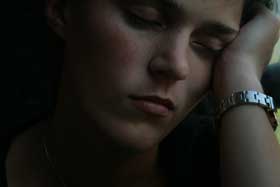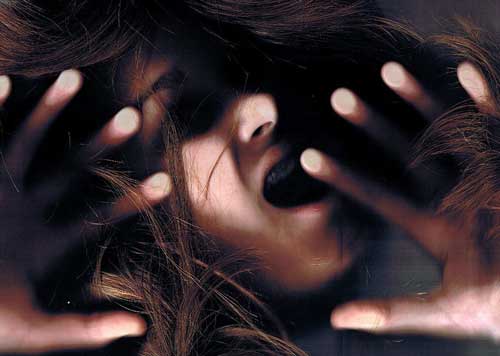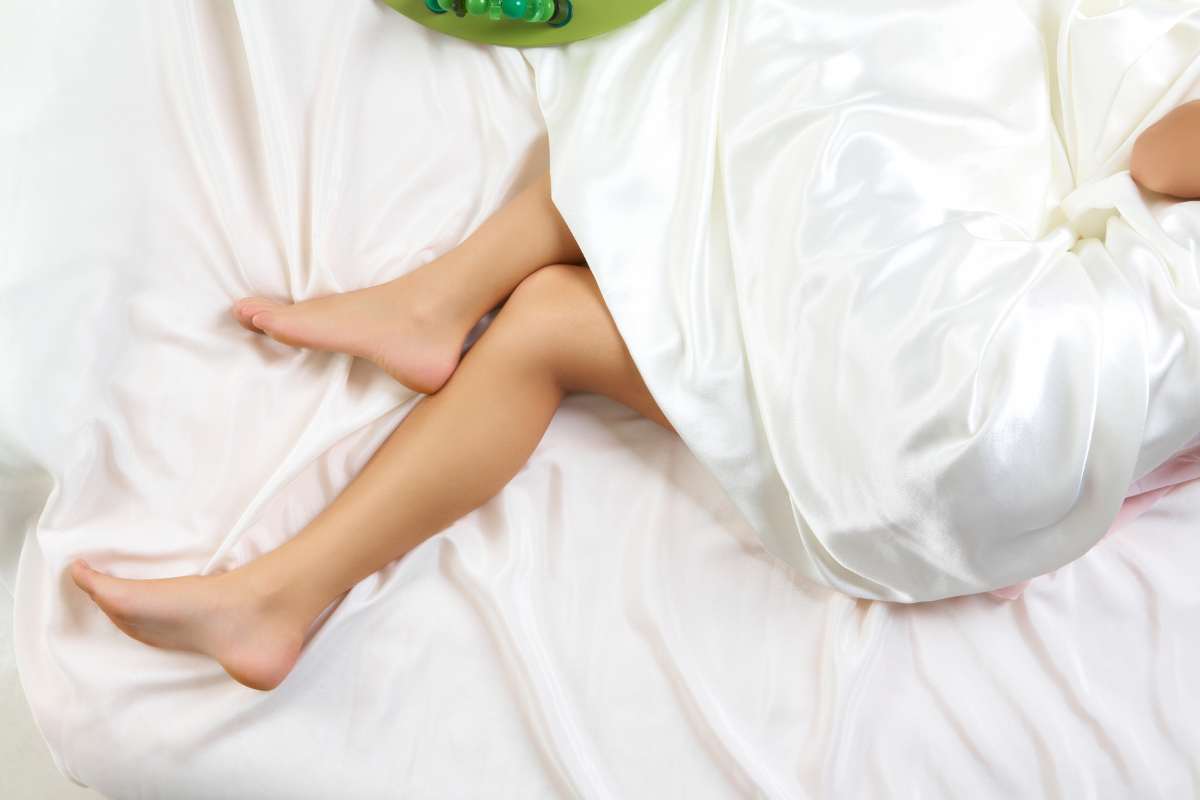REM sleep disorder (REM Sleep Behavior Disorder, RBD) can be a very disconcerting problem, especially for your partner or loved ones. As it involves unwanted activity during sleep it is considered a parasomnia. It can disturb your sleep patterns and potentially cause physical harm as you begin to act out violent or upsetting dreams. Fortunately, it is not life threatening and there are some simple steps you can take to treat the symptoms and prevent injury. The first step in any case is to get a better understanding of exactly what the disorder is and what causes it.
As its name suggest, REM sleep behavior disorder is a condition that affects rapid eye movement, or REM sleep. This is the period of sleep during which you are most likely to dream. REM sleep can actually occur many times during the night, and most frequently during the second half of the night, when you are more deeply asleep. In general, about 20 percent of all sleep is spent in REM stage. There is usually a gradual period of falling asleep that precedes it in the five stages of sleep, which is called NREM.
In healthy individuals, during REM sleep the arms and legs become temporarily paralyzed as nerve pathways that prevent movement become active. When REM sleep disorder occurs, those nerve pathways stop working, and the normally suppressed movement becomes more prevalent. Usually, this occurs in response to violent or active dreams, such as being chased or falling down. The activity can include kicking, flailing of the arms, punching or even jumping out of bed.
Often this heightened activity during REM sleep behavior disorder can be accompanied by vocalizations—talking, laughing, shouting, emotional outbursts and even cursing. If an individual experiencing one of these episodes is awakened, he or she can usually recall the content of the dream clearly, which can be upsetting.

Rido / stock.adobe.com

Rido / stock.adobe.com
While REM sleep disorder occurs more often in men over 50, it can also occur in women and in people of any age. It is often seen in individuals who suffer from narcolepsy or brain stem tumors and those who take some of the newer antidepressants available today. Often this type of sleep disorder can be the first sign of a neurodegenerative disease such as Parkinson’s or multiple system atrophy.
Taking Precautions If You Have REM Sleep Disorder
Though there are no direct physical symptoms, there is a potential risk of injury to the individual as they act out physically in their sleep and the behavior can be quite distressing to loved ones. In order to lessen these potential complications of REM sleep behavior disorder, you can take some simple steps to make the sleeping environment safer such as padding the floor, adding railings to the bed, removing any dangerous objects from the vicinity and protecting any windows.
There are some medications that may help to ease the symptoms of REM sleep disorder, including melatonin, which may be prescribed as a dietary supplement and has few side effects. In more severe cases, your doctor may prescribe Clonazepam, a drug often used to treat anxiety. Side effects of Clonazepam can include daytime drowsiness, decreased balance, and worsening of sleep apnea.
If you or a loved one are experiencing the symptoms of REM sleep behavior disorder, talk to your doctor and find out what you can do to get the sleep you need. Not only can the proper course of treatment make you feel better, it can also help your loved ones to be less concerned so that you can all rest easier.









New! Comments
Share your tips and feedback. Leave me a comment in the box below.